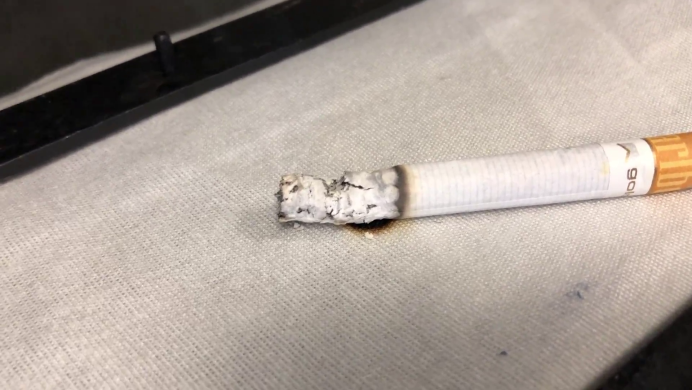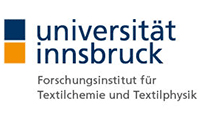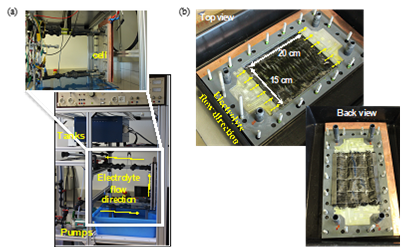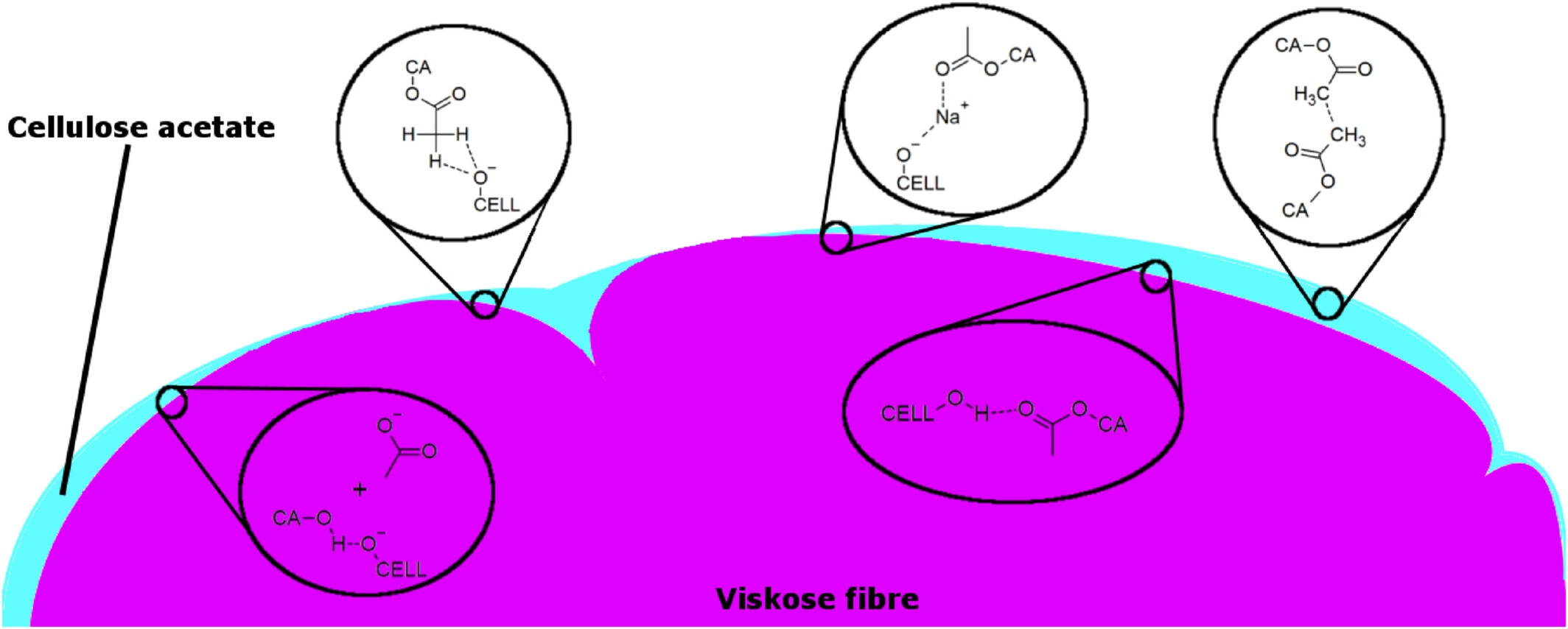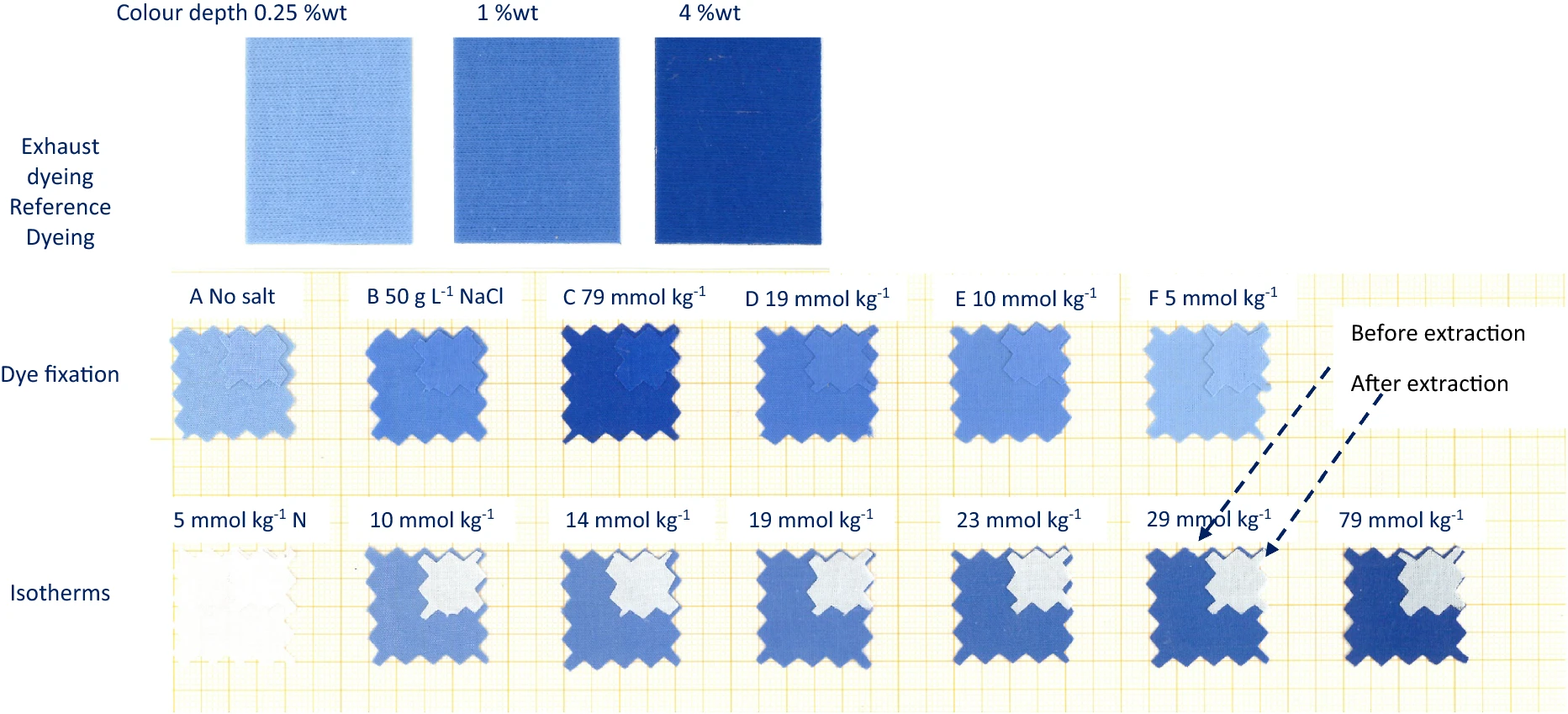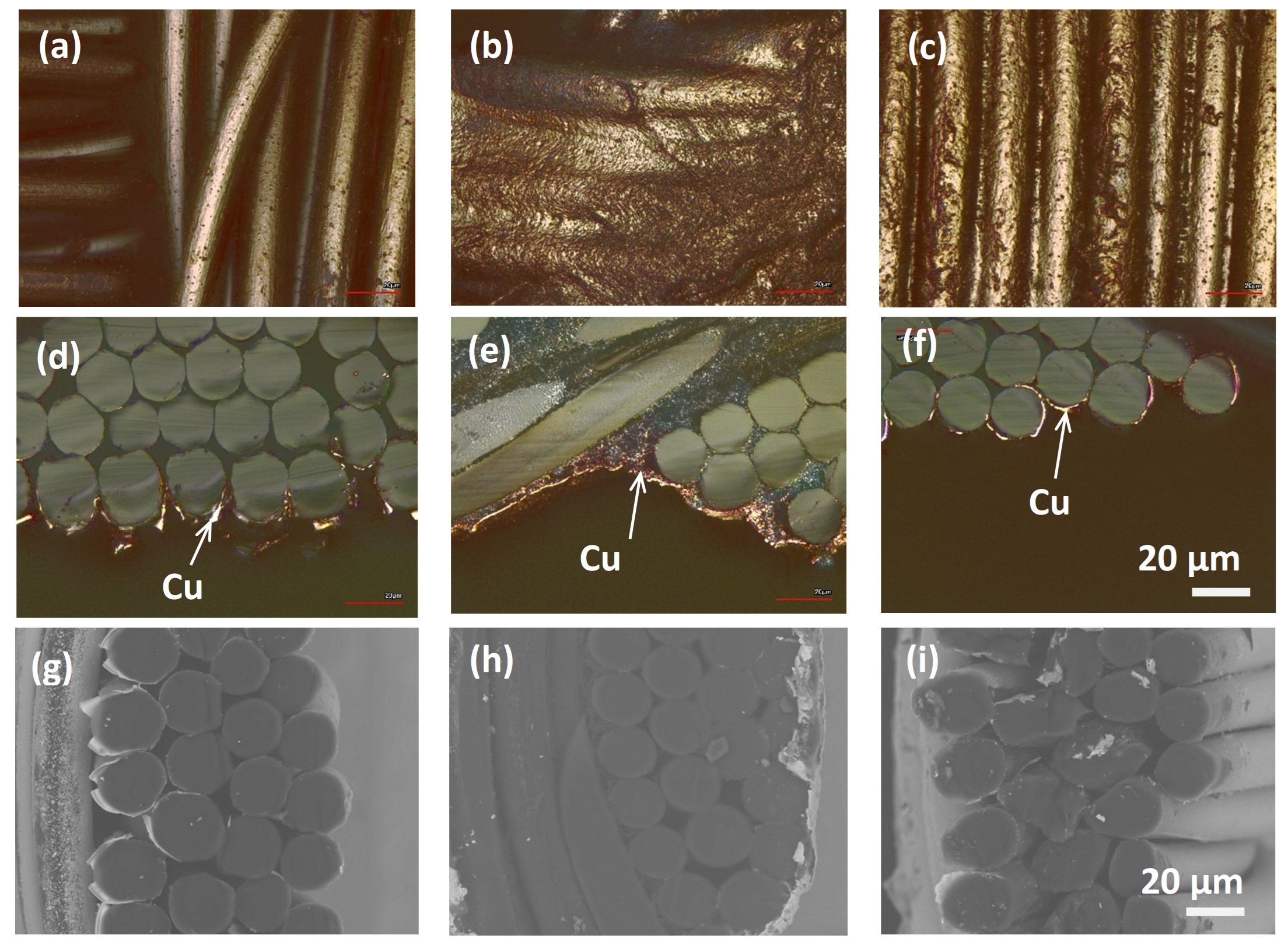VISCOSE FIBRES WITH INCORPORATED SILICA ARE AN ENVIRONMENTALLY FRIENDLY ALTERNATIVE FOR TEXTILES WITH REDUCED FLAMMABILITY
Safety requirements led to widespread use of textile products with reduced flammability. The global production of nearly 3 million tons of flame retardants generates a substantial environmental burden both during synthesis of the chemicals and disposal of waste textiles.
Initial results – Laboratory experiments
A cleaner technology to impart reduced flammability to cellulose based viscose fibres bases on the incorporation of silica into the cellulose fibre matrix during the stage of fibre formation. Stabilisation of the silica against unwanted leaching during washing procedures was achieved by treatment with aluminate, which reacts with silica under formation of the less soluble aluminosilicate. This treatment successfully was combined with the reactive dyeing step without precipitation of dyes, losses in colour depth or reduced fastness of the dyeings. Substantial reduction in time of afterglowing and in length of destroyed material was observed in standard tests for ignitability of bedding cloths. The incorporation of silica into regenerated cellulose fibres offers a green alternative to the rather polluting finishing processes used today. The use of these modified fibres is of particular value for textile products worn next to the skin, as leaching of irritating flame retardants to the skin can be avoided.
Main advantages of the technology are:
- Incorporation of silica reduces flammability of viscose fibres
- Dyeability of silica modified fibres remains unchanged
- Silica residues remain during combustion and act as a barrier for oxygen
- Incorporation of silica forms a green approach to flame retardant textiles
- Wash permanency can be improved by formation of aluminium silicate
Figure 1. Smouldering test with burning cigarette (Copyright Univ. Innsbruck)
Scale-Up
In a multi firm cooperation between Kelheim Fibres, Gebrüder Otto Garne, Feinjersey and JM Fussenegger a full scale prototype production was planned and performed. From an initial batch of 400 kg of modified viscose fibres yarn was spun at Otto Garne. Feinjerse fabrics then produced the knitte material which then was dyed and finished at both JM Fussenegger and Feinjersey Colours. The dyed material then was tested and finally demonstrators were produced in form of Bedding textiles and T-shirts.
Figure 2. T-shirt made of modified viscose fibres (Copyright, Univ. Innsbruck)
Next steps:
Full scale testing of the prototypes and introduction of the new fibres into the market is planned.
Multifirm project 3-020 Layer and membrane function, through coating an deposition alternativ joining
Project partner
The COMET-Project TCCV Project no. 860474 is funded within the context of COMET – Competence Centers for Excellent Technologies by the Austrian Ministry for Transport, Innovation and Technology (BMVIT), the Federal Ministry for Digital and Economic Affairs (BMWFW), and the federal states of Vienna, Tyrol and Vorarlberg. The programme is conducted by the Austrian Research Promotion Agency (FFG).





